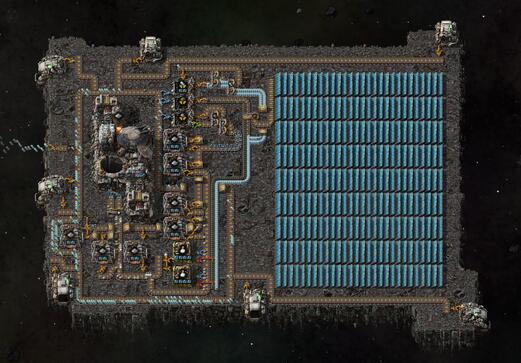This is a great, simple explanation.
It's with adding that the "rewards" is question do not directly affect current supply or value. They affect how much miners are awarded when they mine new blocks. Theoretically, at some point the reward becomes so small, so fractional, that mining itself isn't cost effective. It may not stop miners, but let's look at a hypothetical:
- bitcoin is hovering around $100,000 per coin.
- the reward after the 2024 halving to mine a block is 3.125
- at the next halving, in 2028, the reward will be 1.5625
- it uses approximately 6,400,000 KWh of electricity to power the computers to mine a single block.
- There is a maximum number of BTC that can possibly exist, set by design: 21M. Over 19M have been mined, leaving about 1.5M left to be mined.
- approximal 18 BTC are mined per hour, globally
So, right now, if you live in the W. Europe, it will cost you 1.5x the current price of BTC to mine. If you own a giant solar farm and electricity is cheap, it'd still be a better deal to sell the electricity on the market and buy your BTC. However, if you live in the Middle East, it's quite profitable: you could turn $1 of electricity into $200 of BTC.
In 2008, in the US bitcoin will halve again, and a miner will received only 1.5625 coins for a block. If nothing else changes - the price of electricity, the value of BTC - it'll cost $3 in electricity to mine $1-worth of BTC.
I think there are 5 halvings left, so in 2044 the reward for mining a block will be 0.1 BTC. At that point, either electricity will have to be extremely cheap or BTC extremely expensive to make mining profitable.
There are so many variables:
- Electricity could become really cheap, like post-scarcity cheap. This is not a fantasy scenario; all it'd really require is for us to put solar arrays in space.
- Electricity could become vastly more expensive. We're going to run out of coal on the planet before 2044 and if we're not completely off of it by then, that'll spike prices. This is something that will happen - running out of coal.
- Quantum computers become consumer products. Mining coins suddenly becomes really fast and far more energy efficient. All 21M BTC would be mined before we hit all 5 halvings.
My guess is that the third thing will happen before we hit all of the halvings or mine all the coins - at the current rate, and with the halving schedule, it'll take until the mid-2100's before all the blocks are mined. I suspect quantum processors will be more common long before then. Heck, the advent of consumer-grade quantum processors might render BTC valueless; I don't thing the blockchain cryptography is quantum resistant, is it? Which would b make it hackable by quantum computers; at the very least, it'd present a huge threat to the public ledger, and prices could plummet.



How long did you give it? It indexes the library. I had to rebuild my library once, and while I don't have a huge collection - mainly just rips of my DVD collection, about 450 films, and it takes over an hour to index everything. Until it's done, not everything shows up.